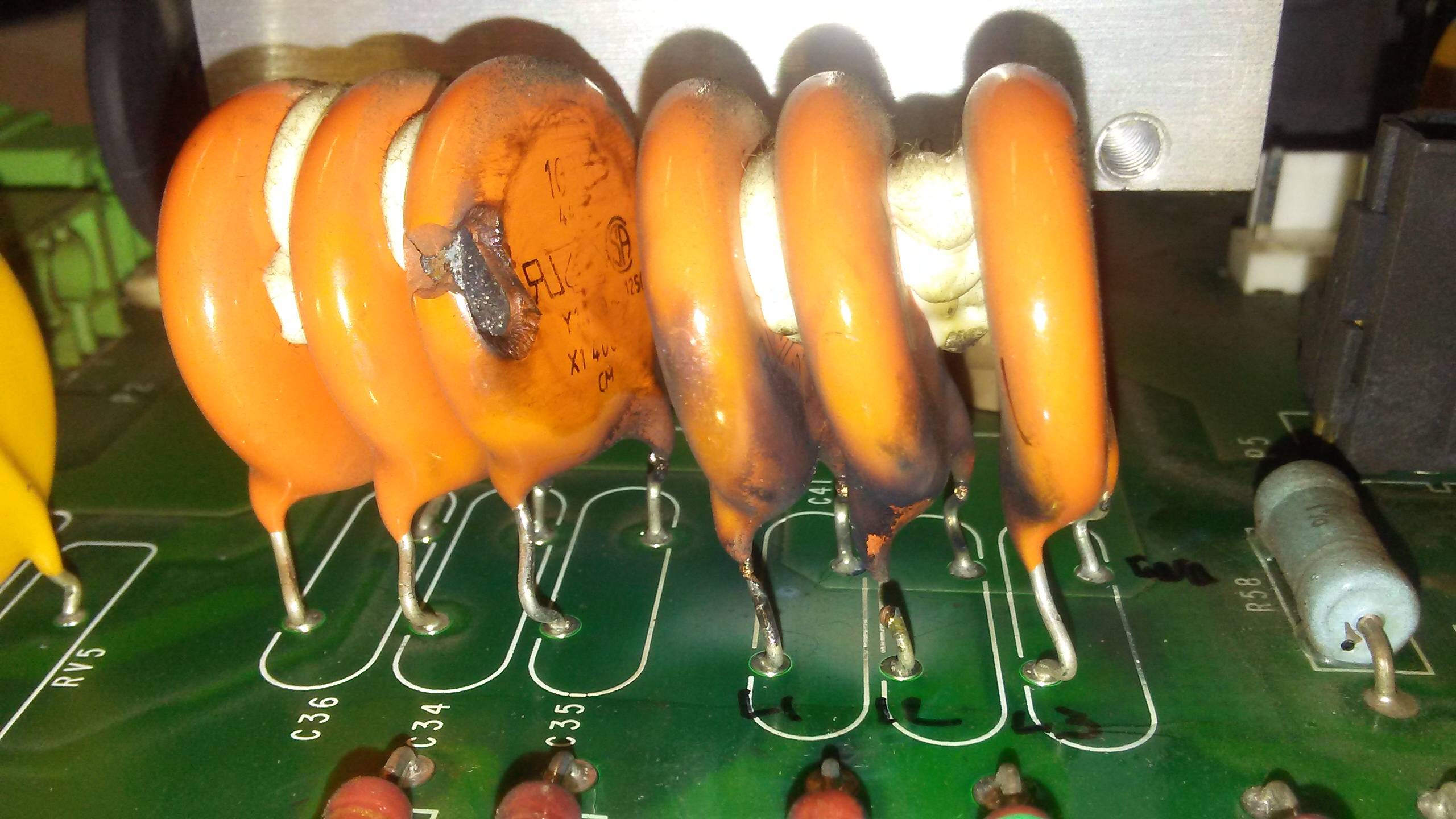ron_swanson
Well-known member
Hello,
A friend found a distressed Fender Bassman Compact ( solid state ) amp in a junk yard for cheap and asked if I could take a look and make sure all is well. The AC power cable was severely compromised, so the amp hasn't been tested electronically outside of testing the speaker which seems to be fine. In an attempt to ensure all things are safe before trying to power up, I'm checking over the physical build compared to the official Fender schematic.
My question here is this a death cap? See indicated red rectangle below.
I'm used to removing and rewiring the 'death cap' installation on old Fender tube amps, but this amp does not have a polarity switch, rather... simply connected to the chassis from the neutral line.
Since this could be a potentially deadly situation, I wanted to check with smarter folks here so I'm assured of what I'm up against here. If in fact a death cap, how would one resolve safely given the schematic details?
Thanks in advance!
A friend found a distressed Fender Bassman Compact ( solid state ) amp in a junk yard for cheap and asked if I could take a look and make sure all is well. The AC power cable was severely compromised, so the amp hasn't been tested electronically outside of testing the speaker which seems to be fine. In an attempt to ensure all things are safe before trying to power up, I'm checking over the physical build compared to the official Fender schematic.
My question here is this a death cap? See indicated red rectangle below.

I'm used to removing and rewiring the 'death cap' installation on old Fender tube amps, but this amp does not have a polarity switch, rather... simply connected to the chassis from the neutral line.
Since this could be a potentially deadly situation, I wanted to check with smarter folks here so I'm assured of what I'm up against here. If in fact a death cap, how would one resolve safely given the schematic details?
Thanks in advance!






